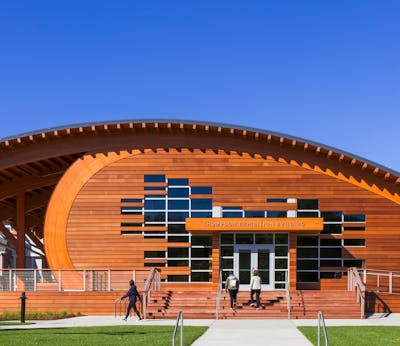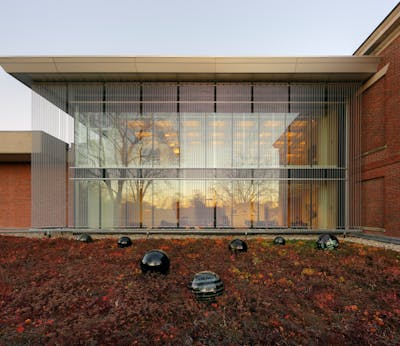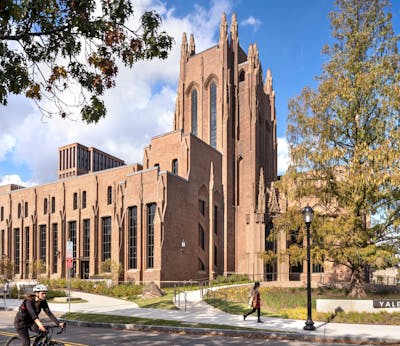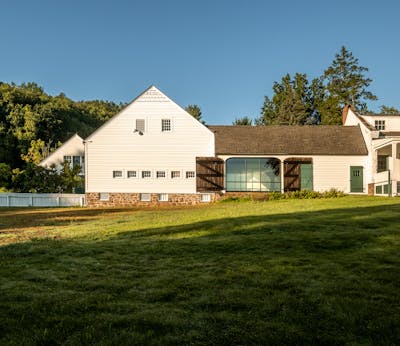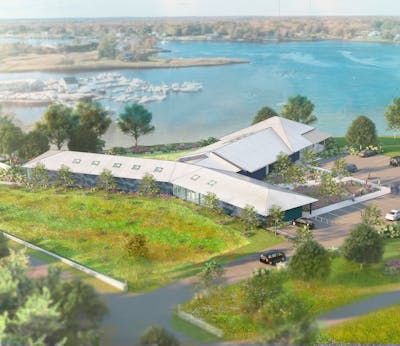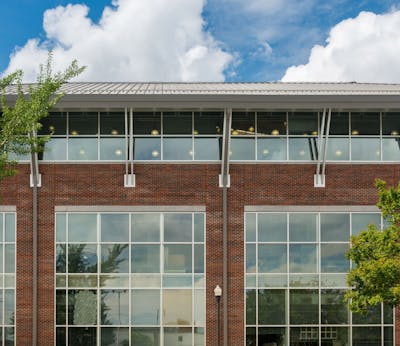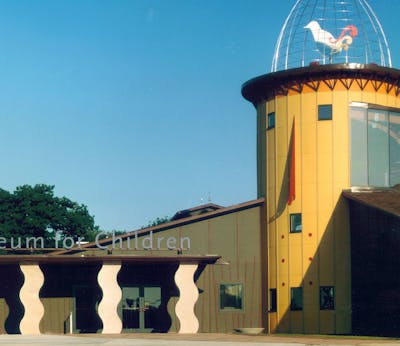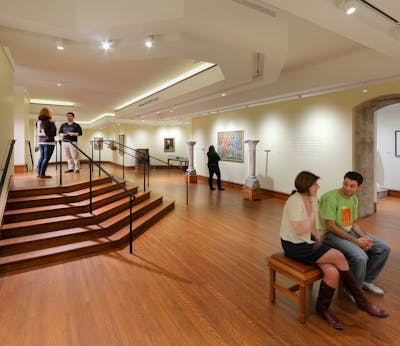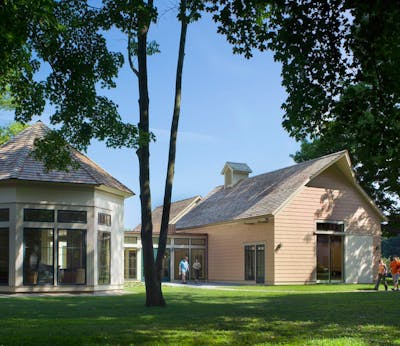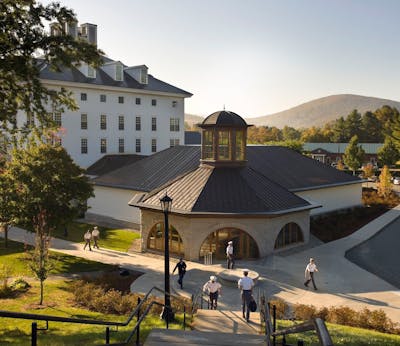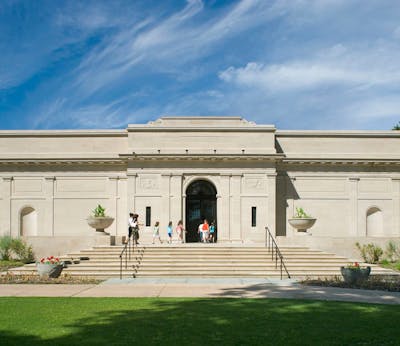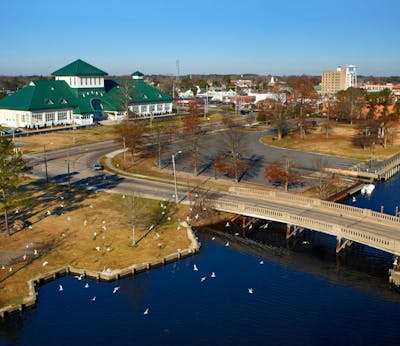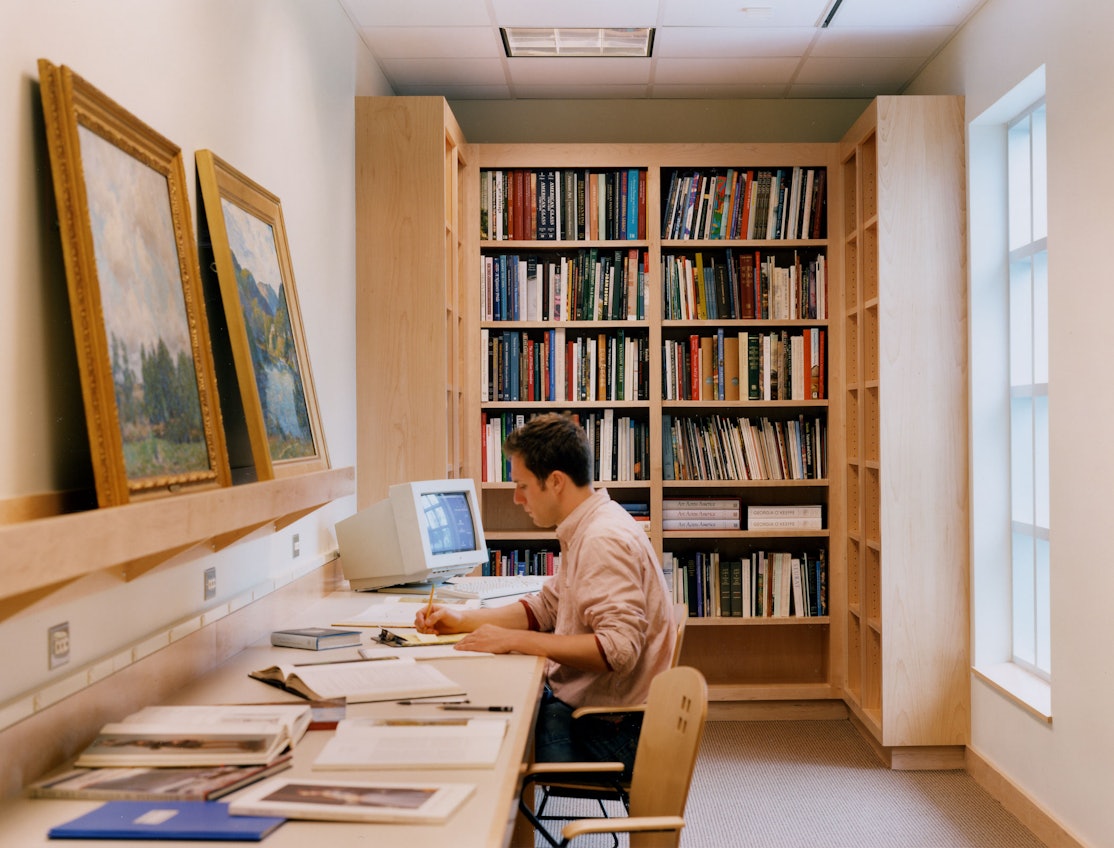Museums
Museums
We’ve designed 22 museums that encompass a wide range of subjects and programs. We understand what makes them financially viable, what is required to manage and display significant collections, and how architecture and exhibits can merge to enhance the visitor experience. Our museums are located in historic towns, on campuses, and in cities.
museums: Projects
Museums: Topic
Integrating Nature
Making dramatic and memorable museum icons is familiar for us. At the Florence Griswold Museum in Old Lyme, Connecticut, we merged historic waterfront grounds, buildings, art, and landscape into a place that “you don’t have to be a sophisticated art lover to love” according to The New York Times. The museum is sited to take advantage of its location on the Lieutenant River –a tributary of the Connecticut River that was the subject of the Impressionists who painted there –with expansive lawns that host summer concerts and farmers’ markets and an open-air events pavilion.
Museums: Topic
Single-Story, Natural Light
Museums that have adequate site for a good-sized footprint can enjoy very important “single-story advantages.” These include admitting natural light into virtually any of their galleries or public spaces, via skylights. At the Florence Griswold Museum we brought natural light from above into every gallery and even into the lobby, to suggest the luminosity of the Old Lyme Art Colony’s Impressionist paintings. Skylights in that museum have coatings that block ultra violet light, baffles that manage glare, and sandwich panels that conserve energy. Most importantly, light coming through them is natural and changes kinetically as clouds pass overhead.
Rebekah Beaulieu, Florence Griswold Museum
Museums: Topic
Staff Efficiency and Collections Management
As designers of academic museums, we know how to bring visitors, students, the community at large, and researchers into close contact with objects from museum collections. At LancasterHistory.org, we combined collections, staff, and public access for efficiency and savings and created shared space for special events, exhibits, and viewable collections storage. We did the same for Yale University’s Lewis Walpole Library and its residential scholars’ research center.
Robin Sarratt, LancasterHistory
Tom Ryan, LancasterHistory
Museums: Topic
Hospitality
We know that every museum has to host revenue-producing events. These activities can be tough on a museum. From a hospitality point of view, venues for them should be configured as free-standing, highly durable and flexible spaces with ample furniture storage and lighting that’s easily adjustable to suit different kinds of social gatherings. Use of a museum event venue should never have to trigger special measures for safeguarding interior museum spaces.
Museums: Topic
Secure Study Spaces
Collection study spaces should reside deep within the security cocoon of the museum, alongside art storage. There is a natural tension, however, between a location inside and an opposing need to be available to students and professors coming from the outside. In designing collection study spaces at Andover’s Addison Gallery of American Art, we solved that conflict by placing them next to art storage and by providing doors into it not only from museum circulation inside the building but also directly from outside. Students and faculty can enter the Learning Center after hours without penetrating any deeper into the museum.

